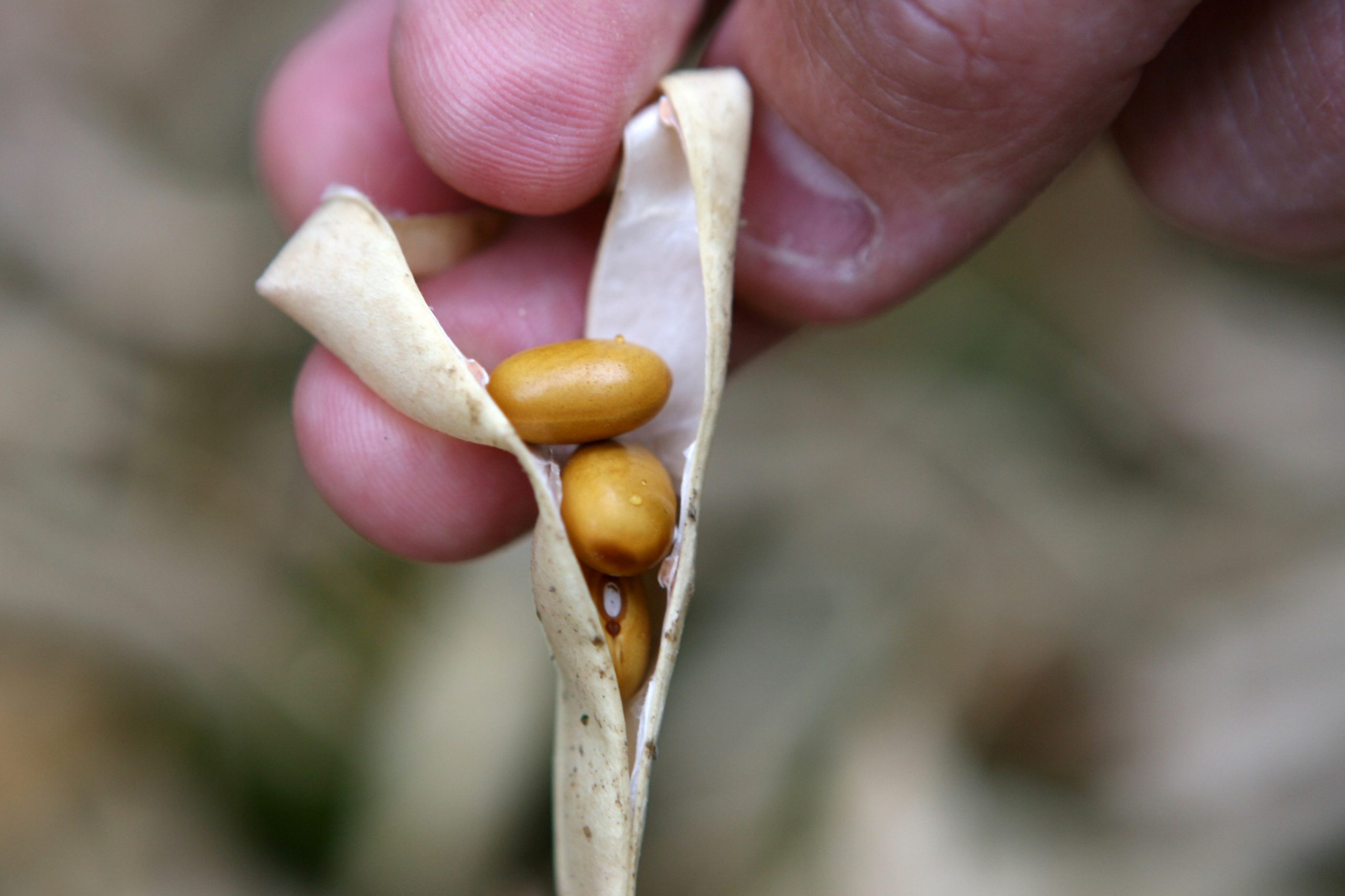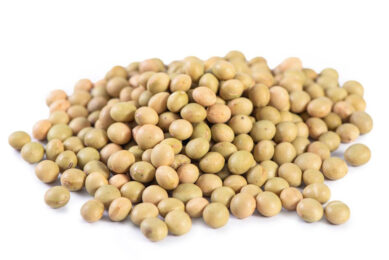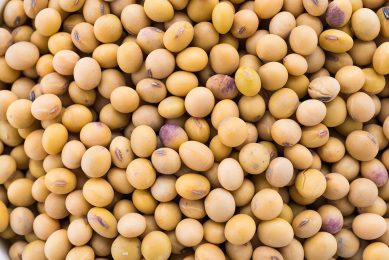Global soybean production: Up with 2.2 million tonnes

Global soybean production for 2018/19 is forecast up 2.2 million metric tons this month to 369.3 million primarily due to a US production increase of 2.9 million tonnes.
This is according to the latest Oil Crops Outlook: September 2018, published by the USDA.
Also, higher 2018/19 soybean output is forecast for China, up 500,000 tonnes this month to 15 million. The crop gain is based on official data indicating a moderately larger expansion of soybean area this year, up 300,000 hectares from last month’s estimate to 8.4 million. Growing conditions for soybeans in China were generally good this year. At the same time, soybean use by China’s crushing industry is projected lower for both 2017/18 and 2018/19.
Chinese to import less soy
This month, USDA trimmed its forecast of the country’s soybean crush by 1 million tonnes to 90 million for 2017/18 and by 1.5 million tons for 2018/19 to 93.5 million. All the shipments by exporters to China that are likely arrive in August and September have moderated. Consequently, USDA forecasts soybean imports by China to slow to 94 million tonnes for 2017/18 and could remain steady at 94 million through 2018/19. Next year’s carryout stocks in China may also tighten modestly to 20.8 million tonnes from 22.5 million at the end of 2017/18.
Effect of ASF on feed supply China
The consumption of soybean meal in China is forecast down this month for both 2017/18 (to 70.4 million tonnes) and 2018/19 (to 73.2 million tonnes). Aside from the higher costs, there are other factors going forward that could potentially influence feed demand in China. In August, the country had an isolated outbreak of African Swine Fever (ASF), which is a highly infectious and typically lethal disease in pigs that has no treatment. China raises more than half of the world’s pigs, making its pork industry the global leader. The country’s massive soybean imports are largely destined to supply the pig sector with protein in the form of soybean meal. ASF was initially discovered in northern provinces. Thousands of infected pigs from affected regions have been culled and the movement of feeder pigs to other regions is now being restricted to prevent further transmission. If the outbreak is not brought under control quickly, shortages of pigs could start to develop in the major production regions farther south.
Less soybeans in India and Canada
In contrast, Indian production of soybeans for 2018/19 is expected 300,000 tonnes lower this month to 10.5 million. At 11.2 million hectares, the area sown by Indian farmers this year was less than anticipated. Domestic crush is forecast unchanged, though, so the crop reduction may repeat a low level of season-ending stocks in India. Soybean yields in Canada for 2018/19 may be trimmed by drier than usual summer weather. Coupled with a 13% decline in Canadian soybean area this year, 2018/19 production is forecast down 300,000 tonnes this month to 7 million, compared to 7.7 million in 2017/18. A smaller harvest, and a better chance that US exports will gain a larger share of the European import market, could constrain new-crop soybean exports from Canada to 5 million tonnes compared to 4.9 million in 2017/18.
Source: USDA











